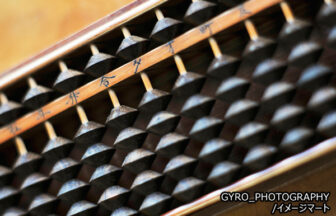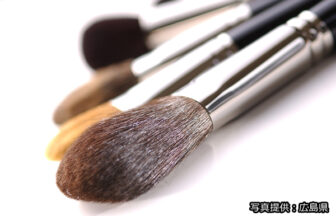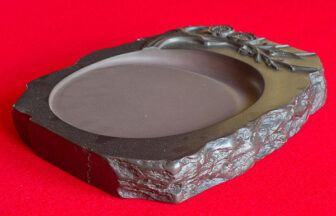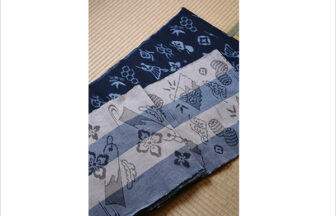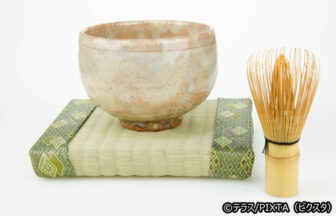Production Area
Gotsu City / Hamada City / Oda City / others, Shimane Prefecture
Historical Details and Geographic Characteristics
Iwami yaki is a general term for ceramics that first originated during the mid-18th century in the western part of Shimane Prefecture (the Iwami region). Mass production of the characteristically large-sized water jugs occurred during the Meiji period, and at the height of production, over 100 kilns were employed.
“Shinozukuri” is a traditional method used in Iwami yaki that makes the manufacture of large ceramics possible. Using this technique, thick strings of clay are layered upon the potter’s wheel, and as the clay spins, it begins to flatten. Once the clay is almost half dry, the process is continually repeated as more layers are added. The ability to layer the clay as it contracts is unique to Iwami yaki and is the cornerstone of production for large ceramic pieces.
Presently, this process is used not only for water jugs but also for outdoor table sets, umbrella stands, and other large-scale interior items. In addition, the warm feel and textured designs of Iwami yaki are still embraced, from plates and stylish cups that pair well with food to everyday pottery.
Main Retailer/Exhibition Facility
Gotsu City Local Industry Promotion Center
| Address | 405 I Kakushicho, Gotsu City, Shimane Prefecture |
|---|---|
| Phone | 0855-52-0600 |
| Hours of Operation | 9:00 a.m. – 5:00 p.m. |
| Closed | Tuesdays (If the Tuesday falls on a holiday, the museum will close the following day), Year-end/New Year holidays |
| Admission Fee | Free |
| URL | https://shimane-jibasan.com/index.php |







